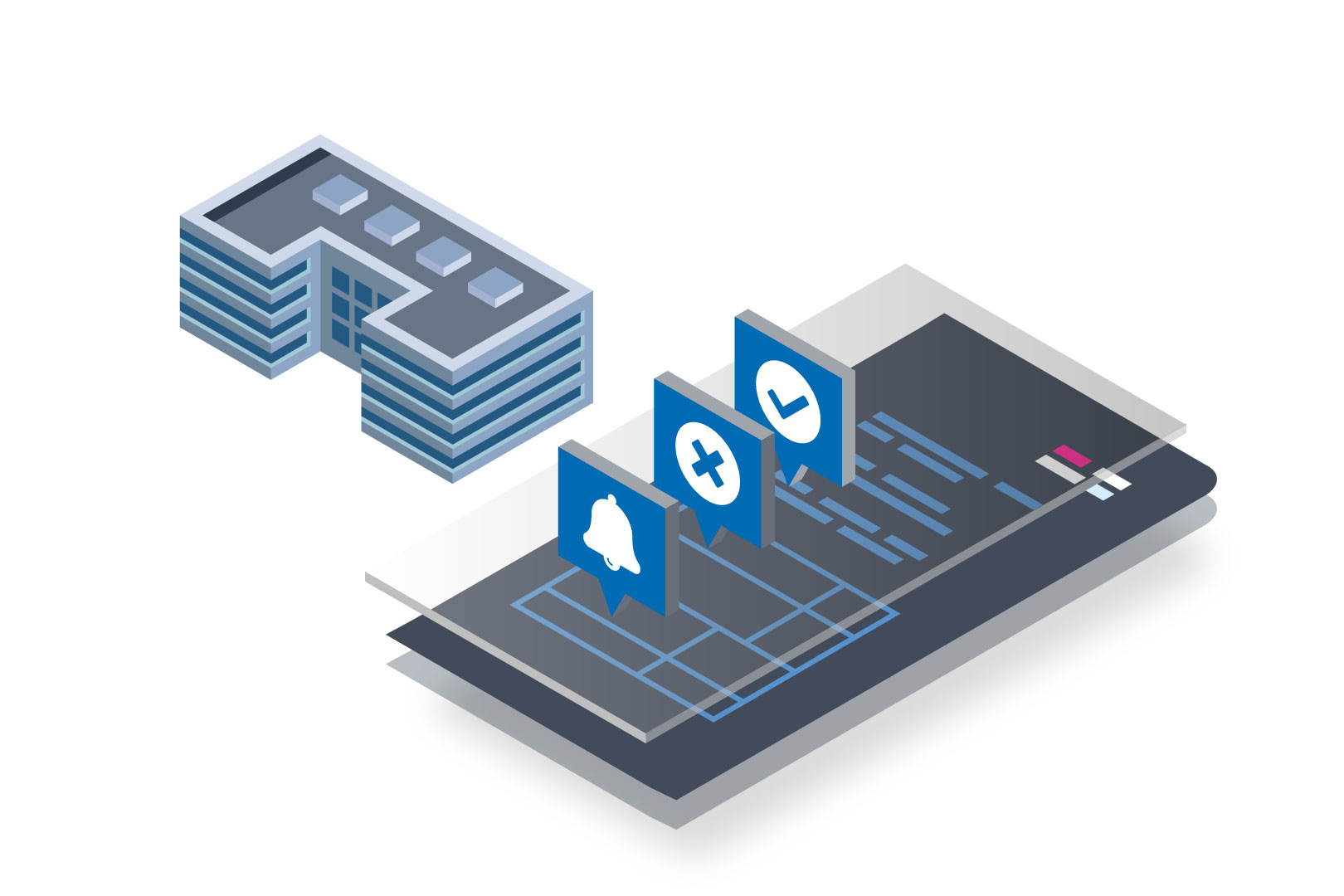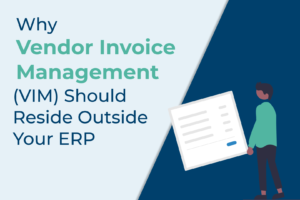What is a Partner ecosystem?
Many enterprises need to trade with multiple vendors/partners to manufacture parts of their goods. In this context, an ecosystem is a unified platform or network of business partners, IT solutions, and resources. It consists of mutually connected systems and interconnected members, including suppliers, customers, vendors, and even government systems.
The importance of partner ecosystems
Running any business smoothly while coordinating with a fleet of partners, vendors or customers is often an arduous task. Every transaction between trading partners, however small, is important and needs focused monitoring.
Transactions between two parties involve a series of paper trails and have proven to be overwhelming when done manually. The digitized ecosystem ensures frictionless and holistic work by facilitating easier data interchange through various mediums, all while ensuring complete security.
Gain more insights on digitizing document management.
To keep all partners in sync regarding data flow and dynamics, ecosystems follow unified systems, portals, compliance tools. While there are many reasons to establish a partner ecosystem, here are some of the most visible:
- Ecosystems ensure faster upgrades, as enterprises do not have to invest in any additional tools or services. This means you don’t have to spend extra time and money to cater to partners with legacy systems and compliance norms.
- Within the ecosystem, partners can track and monitor documentation initiated for trade.
- Data transfer through a unified medium ensures hassle-free and secure transfers.
- Providing real time updates about each transaction’s status, thus ensuring seamless business.
In a conventional process, coordinating, analyzing, and managing data ( as well as communications, including follow-ups) are completely manual. Digitizing vendor ecosystems is key to faster and hassle-free operations. A study by McKinsey showed that “seven in ten consumers value ecosystem offerings that simplify their purchase journey.”
Despite the benefits, adopting digital methods to carry out regular vendor management tasks requires a shift in thought process.
Changing your approach
Technology is changing the way we live our daily lives. There was a time when we were required to fill in details and wait for hours for financial transactions to complete Many of these hassles have been eased by adopting UPI, QR codes, and e-wallets.
Now, transactions happen in seconds with the least possible time and effort. Likewise, businesses require automation for their vendor ecosystem to ensure effortless transactions and data exchange. A recent study confirmed that 98% corporate leaders believe that partner ecosystems are a proven way to succeed in today’s volatile markets. Digitizing and automating the partner ecosystem if planned properly, can reap tangible benefits to the overall operations of a business.
Prepare for digitization by reading blog Digital Transformation: The future is now .
The benefits of digitizing and automating partner ecosystems
Digital partner ecosystems enable enterprises to conduct business processes more methodically and realistically. The benefits of automation can impact performance whilst showing considerable effects on overall profitability. Some key benefits of digitization and automation of the ecosystems:
Simplified processes
With an increase in the number of orders, the paperwork and monitoring for each transaction increases too. Automating digital ecosystems results in increased operational efficiency while lowering costs by at least 35%.
Faster processing
Limited resources, approval clarity, and time available to each employee, not to mention the amount of documentation needed to go through, all results in possible processing delays. With digital ecosystems, documents or data can be directly transferred to a partner’s ERP in a customized format as per business needs, without manual intervention. As a result, you can ensure faster processing and turnaround time to speed up business activity by 61%.
Total visibility
As businesses grow, the digital ecosystem gets intertwined with a myriad of interdependent entities. However, EDI integration enhances total supply chain visibility. In addition, the user-friendly EDI dashboard’s real-time status update and reporting, speeds up procedures, enhancing business partner interactions.
Errors
Handling documents manually involves a plethora of drawbacks, such as long processing times the possibility for errors and documents going missing. . EDI communication minimizes the chance for error by at least 40%.
Compliance
With EDI integration, businesses can easily acquiesce to any data or document format which their partner’s ERP accepts. Furthermore, any process can be audited at any given point of time with detailed logs and reports, assuring complete compliance.
Conclusion
It is a well-established fact that automation is no longer a future concept but a necessity for the current entrepreneurial world. The competitive markets have compelled enterprises now to focus on innovations, new technologies, and customer demands.
Being “just enough” is no longer enough: providing a little extra is now quintessential. Accomplishing multiple targets and increasing business in today’s changing landscape requires decisionmakers and operational heads to:
- Overlook every department’s transaction and operation in every department
- Optimize work every day
- Ensure the workforce is not engaged in futile and repetitive activities
- Monitoring financial planning and ROIs.
- Constantly coping with customer and market needs and making modifications to projected plans.
Automating partner ecosystems can help enterprises reduce the strain of repetitive tasks and compliance, while accelerating the speed of transactions done on a daily basis. It all adds up to an architecture that requires minimal intervention but can return numerous benefits.
In this digital era, enterprises use EDI capabilities to exchange documents or data with their business partners. By 2027, the EDI market is projected to increase by US$ 49.213.1 million, representing a growth rate of around 9.5% from between 2020 and 2027. To learn more about the current state of EDI, read our whitepaper.


